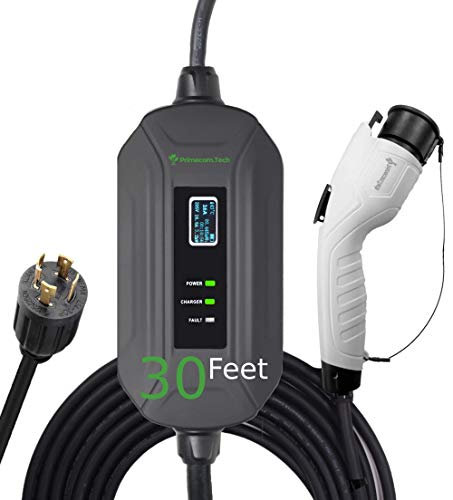I attended the Energy Commission's Advisory Committee web meeting today. It consisted of a few presentations going over their 2015 - 2016 draft plan, which we have been discussing here for the past month. The Advisory Committee members were mostly reps. of industry groups, including 1 EV person. I could feel the hydrocarbons wafting over the phone and through the webex presentations. They did briefly mention their EV plans, and I commented as below.
It was obvious that a number of people in other alternative fuel industries (Ethanol, Natural gas, biodiesel, etc.) wanted a chunk of the $20M / yr that the CA legislature has earmarked for Hydrogen. Several of them mentioned that amount of funding needs to be re-examined if H2 vehicle deployments do not meet expectations. I believe that the expectation that went with the funding was that there would be thousands of H2 cars by now. There will be opportunity to give input on that starting this summer.
I did give an oral public comment on their EV infrastructure plans based on my written points below. I also emailed these to the CEC to be included in the meeting record:
My Public Comment:
- I am a resident of Redwood City who is interested in low carbon transportation options and efficient vehicles.
- I Commend the CEC and Board for electric vehicle infrastructure investments and thank you for the opportunity to comment.
- I'm concerned about the paltry deployment of long-distance EV charging: only 9 DCFCs installed (< $150K, per Investment Plan Update)
- Slide 13 of Mr. McKinney's update showed only about 3 PUBLIC DCFCs outside of metro regions
- Already 120,000+ EVs in CA. Growth is exponential. Your own documents show EVs will dominate over
H2 vehicles for next 20 years.
- As you know, the major obstacle to EV adoption is range anxiety, important for Valley residents.
- Your & private investments in L2 and L3 in metro areas is good: EVs are now practical for local travel in CA.
- I urge the CEC to show leadership by investing in building an effective network of DCFCs along transportation corridors.
The few planned along I5 and 99 are insufficient to enable long-distance EV travel in CA.
- I am concerned that your focus on regional plans may have caused neglect of inter-region EV travel.
- Need to also include 101 between SB and SJ, extend 101 and I5 to Oregon to connect to West Coast
Electric Highway.
- A network of ~100 DCFCs along transportation corridors will cost about the same as 1 H2 fueling
station per the CEC's recent update report.




























